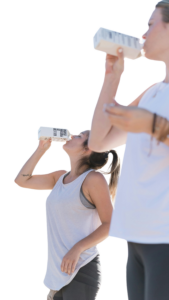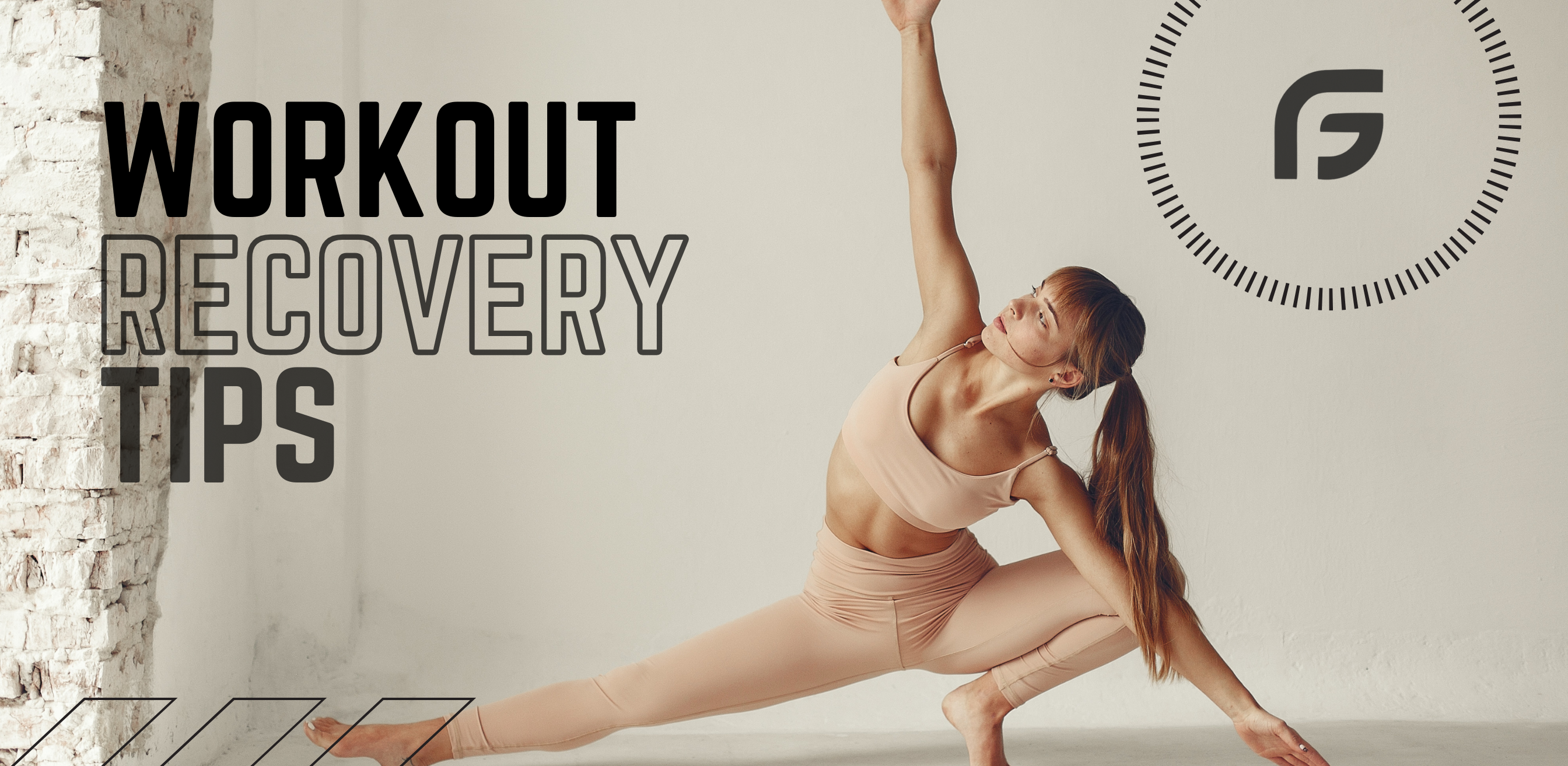Introduction
Intense workouts push your body to its limits, but without proper recovery, your performance can stall, and injuries may follow. This is where effective workout recovery tips come into play. Recovery is essential for repairing muscles, reducing soreness, and preparing for your next training session.
In this blog, we’ll uncover actionable workout recovery tips to help you recover faster and keep your fitness journey on track.
Why Recovery Is Crucial
Workout recovery isn’t just about resting; it’s the process where your body repairs and strengthens itself. Ignoring recovery can lead to fatigue, prolonged soreness, and even overtraining injuries. Implementing the right workout recovery tips ensures:
- Faster muscle repair.
- Improved endurance and performance.
- Prevention of workout-related injuries.
Best Workout Recovery Tips to Bounce Back Faster
1. Stay Hydrated
Hydration is one of the simplest yet most effective workout recovery tips. Exercise depletes your body’s water levels, and replenishing them is vital.
- Why It’s Important: Proper hydration supports muscle recovery, reduces inflammation, and maintains electrolyte balance.
- What to Drink:
- Water for light workouts.
- Electrolyte-rich drinks for intense or long-duration sessions.

2. Fuel Your Body with Proper Nutrition
Post-workout nutrition is among the most crucial workout recovery tips for athletes and fitness enthusiasts.
- What to Eat:
- Protein: Essential for muscle repair. Include eggs, chicken, fish, or plant-based protein.
- Carbohydrates: Replenishes energy stores. Add whole grains, fruits, and vegetables to your meals.
- Healthy Fats: Reduces inflammation. Sources include avocados, nuts, and seeds.
- When to Eat: Aim for a balanced meal within 30–60 minutes post-exercise for optimal recovery.
Read about what to eat before and after a workout.
3. Prioritize Sleep
Among all workout recovery tips, sleep is arguably the most powerful. During deep sleep, your body releases growth hormones that accelerate muscle repair.
- How Much Sleep: Adults should aim for 7–9 hours of quality sleep each night.
- Sleep Hacks for Better Recovery:
- Create a relaxing bedtime routine.
- Avoid screens and caffeine before bed.
4. Use Active Recovery Techniques
Active recovery enhances blood flow to sore muscles, helping to deliver nutrients and oxygen for faster repair.
- Examples of Active Recovery:
- Yoga or stretching.
- Walking or cycling at low intensity.
- Foam rolling to relieve muscle tension.
- Why It Works: Active recovery reduces soreness and stiffness, allowing you to train more effectively in subsequent sessions.
Learn more about active recovery techniques.
5. Don’t Skip the Cool-Down
A proper cool-down is a non-negotiable workout recovery tip that many overlook.
- Cool-Down Essentials:
- Perform dynamic stretches for flexibility.
- Gradually lower your heart rate with light cardio like walking.
- Benefits: Minimizes stiffness, reduces lactic acid buildup, and prepares your body for faster recovery.
6. Massage and Recovery Tools
Incorporating massage into your routine is one of the most effective workout recovery tips for reducing soreness and tension.
- Tools to Use:
- Foam rollers for self-massage.
- Percussion guns for targeted muscle relief.
- Compression sleeves to improve circulation.
- Why It Helps: Massage enhances blood flow and speeds up nutrient delivery to muscles, promoting faster recovery.
Learn about massage therapy benefits.
7. Take Recovery Supplements
Supplements can support recovery when used alongside a balanced diet.
- Popular Options:
- BCAAs: Helps reduce muscle soreness.
- Magnesium: Relieves cramps and improves sleep quality.
- Omega-3 Fatty Acids: Decreases inflammation post-exercise.
Consult a nutritionist to determine which supplements are best for your needs.
Avoid These Common Recovery Mistakes
Even with the best workout recovery tips, mistakes can hinder your progress. Avoid these pitfalls:
- Skipping Rest Days: Overtraining leads to burnout and increased injury risk.
- Neglecting Nutrition: Poor dietary choices slow muscle repair.
- Ignoring Soreness: Working out through excessive soreness can worsen injuries.
Sample Recovery Routine
Here’s a practical example of how to implement these workout recovery tips into your routine:
- Immediately After a Workout:
- Rehydrate with water or an electrolyte drink.
- Stretch for 5–10 minutes.
- Within 30 Minutes:
- Eat a protein and carb-rich snack (e.g., a protein smoothie with oats).
- Evening Routine:
- Foam roll or use a massage gun to relax muscles.
- Prioritize 7–9 hours of sleep for optimal recovery.Conclusion
Incorporating effective workout recovery tips into your fitness routine is essential for achieving your goals faster and avoiding setbacks. From hydration and nutrition to active recovery and sleep, each tip plays a vital role in helping your body repair and rebuild after exercise.
Start optimizing your recovery process today to perform at your best tomorrow!
For more fitness insights, visit GrowFit’s blog section.
FAQs
1. What are the best recovery tips for beginners?
Hydration, proper nutrition, and adequate rest are the top recovery tips for those new to fitness.
2. How soon should I eat after working out?
Eat a balanced meal within 30–60 minutes after exercise to optimize recovery.
3. Does active recovery work better than complete rest?
Yes, active recovery promotes blood flow and reduces muscle soreness more effectively than complete rest.
4. Can supplements speed up recovery?
Supplements like BCAAs and magnesium can enhance recovery, especially after intense workouts.
5. Is sleep important for muscle recovery?
Absolutely! Sleep is when your body repairs muscle tissue and replenishes energy stores.



